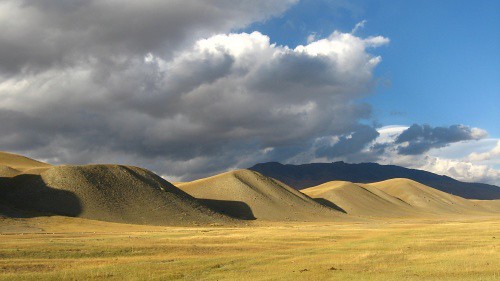
I just spent three days in a training on data use. The trainer made a distinction between information and data. Data is the stuff you collect – raw numbers and observations. Information is what data turns into after you analyze it. Information is stuff you can act on.
The distinction affects most of what we do. I’ve written about this before, but monitoring and evaluation is a constant struggle to actually use the data we collect. Your indictors are useless if you don’t know what their results mean for your program.
It’s also the reason I get less excited than other people about crowd-sourcing data tools. Trues, at times we have a genuine shortage of data. But we always have a shortage of information. Adding crowd-sourced data doesn’t fix that unless it comes with the analysis to make it information.
When we talk about evidence-based medicine, or evidence-based policy, the same things come up. How does a physician use a new study to guide his clinical practice? If a Ministry of Health official reads a report on urban health, what should she do next?
Sometimes, it is clear who should turn data into information. In any project or intervention, the person(s) responsible for monitoring and evaluation should translate monitoring data into something that can be acted on. A crowdsourcing project, though, may have no plan from processing or analyzing data; they may just make the dataset available for others to analyze.
For health care providers, it’s more difficult. When study authors include practice recommendations in published papers, they can’t they hope to cover every medical specialty and client population. Sometimes professional associations step in, developing practice guidelines. In publicly funded systems, the government can development treatment regulations. Sometimes outside organizations like the Cochrane collaboration get involved.
And for policy? Well, think tanks try. And lobbyists, advocacy groups, industry collaborations, trade associations, and dozens of others. We expect, somehow, that government officials will weigh it all and make the best choice. Does that work? Your guess is as good as mine.
(yes, I am an enormous geek)


